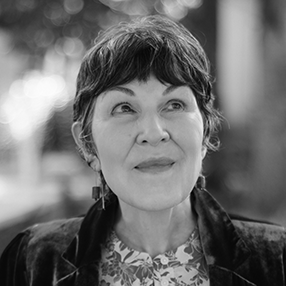Madonna Overview
Being a cult figure is the essence of being
a paradox in which someone
has managed to get themselves linked
to the theoretically real while
simultaneously getting themselves tied
to conventional assumptions about being
this close to being a deity. They may,
in that cryptic state, serve as both
an extra without lines and the sole reason
center stage was invented. A cult figure
can’t die, clearly a plus. Likewise,
they get to be objects, playthings
of intellectual exchange between like minds
and antagonists. That said, these icons
are never merely after-the-fact abstractions.
No. Although anyone can hope
to have a dahlia named after them—
wrongly assuming that nature will then
be forced to remember their name—
that path ignores the fact that nature
is yet another meaningless conceit
over which people gush and go on and on
about. “Using one’s imagination”
is a far better way of gaining possession
of a new reality. One simply denies
reality in favor of believing
whatever one wants reality to be. It is this
that makes it possible to turn a ‘special girl’
into a cult figure—one that can be either
a virgin, or, you know, “like a virgin.”
Copyright © 2025 by Mary Jo Bang. Originally published in Poem-a-Day on July 29, 2025, by the Academy of American Poets.
“I recently finished translating Dante [Alighieri]’s Paradiso, and because Dante treats the Virgin Mary with such reverence, I became curious about the woman referred to as ‘the Madonna’—an ancient general term for women of noble birth, from the Old Italian ma donna for ‘my lady’ or ‘my mistress,’ derived from the earlier Latin mea domina. My curiosity led me to research both the historical evidence and the mythology behind the woman who is said to have given birth to Jesus of Nazareth. Since the contemporary world has its own Madonna, I naturally began to consider the similarities between the two.”
—Mary Jo Bang

